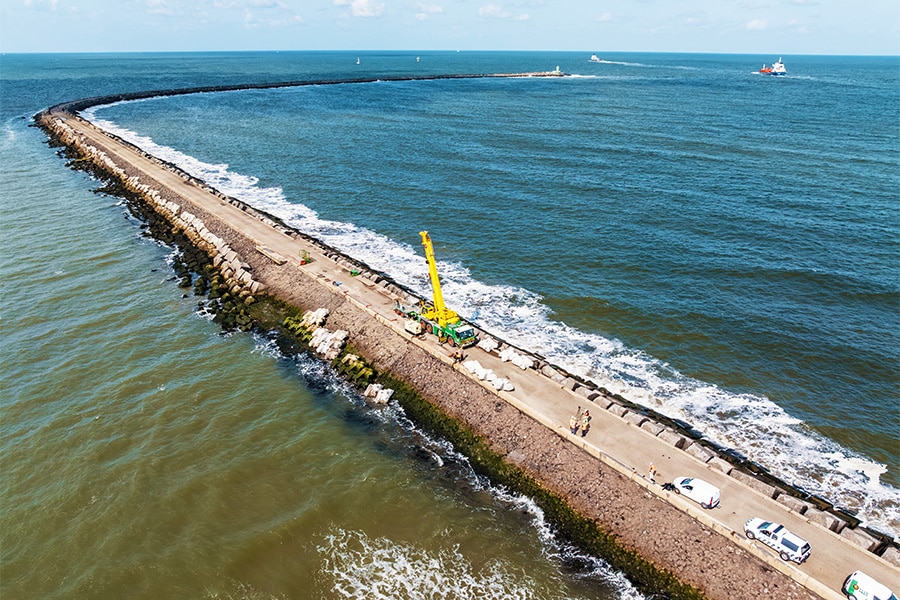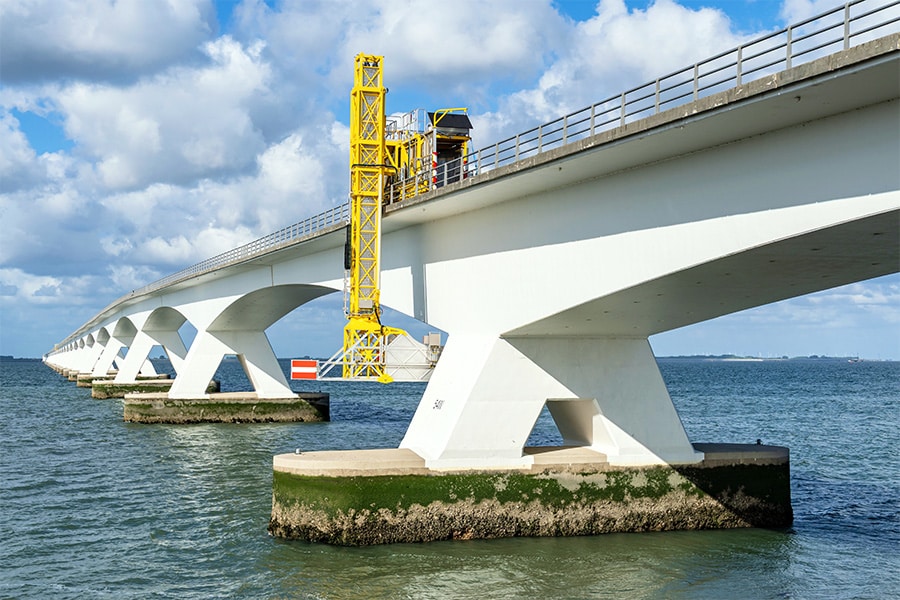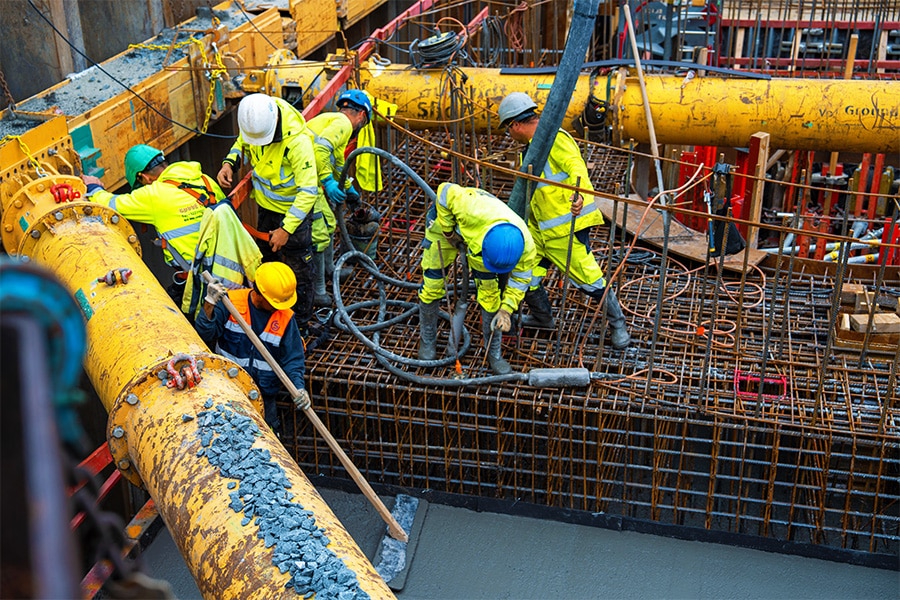
Low-carbon concrete: the key to a future-proof construction industry
The global use of concrete and the need for sustainability are on the rise. This means that the cement industry faces a challenge: are there enough raw materials available to meet the desire for low-CO2 concrete? Supplementary Cementitious Materials (SCMs) play a key role in this transition. Innovations such as Ecocem's ACT technology make it possible to use these materials effectively and ensure sufficient availability in raw materials for this sustainability step.

ACT technology as a qualitative and sustainable solution
The cement industry produces about 8% of global CO2 emissions from the production of Portland clinker cement. SCMs, such as ground blast furnace slag, calcined clays and pozzolans, offer a solution. These materials reduce the clinker content of cement, which can reduce CO2 emissions by 70 to 80%. According to McKinsey's recent report, the market for SCMs could grow to 50 billion euros by 2035. Ecocem's ACT technology is a frontrunner as a solution to this sustainability issue. ACT uses locally available SCMs and is directly applicable in existing concrete production processes. ACT produces concrete with minimal clinker, with no impact on quality or performance.
Ecocem has developed an innovative system to produce concrete with high aggregate content and low water content that performs like traditional concrete. The use of locally available SCMs reduces transportation, further reducing CO2 emissions. Moreover, the smart composition of these materials provides a strong and durable concrete without the need for additional cement. In short, companies do not have to choose between durability and quality. The innovative technology uses a variable mix of SCMs, tailored to the local availability of raw materials. For example, blast furnace slag is used in the Netherlands, while other aggregates are used in other countries.
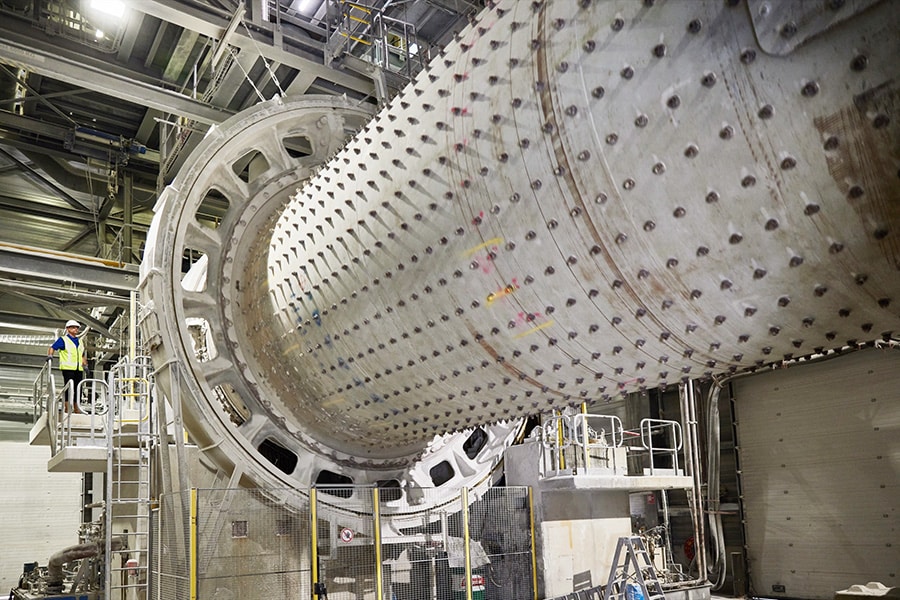
Environmental and cost benefits
In addition to the environmental benefits, the McKinsey report highlights the financial benefits of SCMs. The reduction in Portland clinker reduces costs, in part because SCMs are not subject to the European Emissions Trading System (ETS). This gives construction companies that opt for low-CO2 concrete a competitive advantage in a market where the cost of CO2 emissions will increase sharply in the coming years.
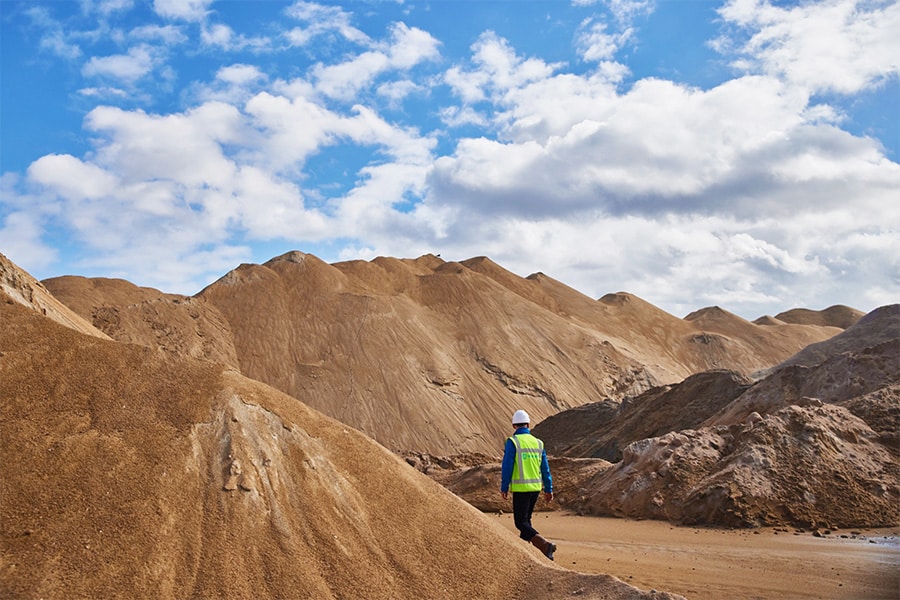
Sufficient stock for innovative technology
Despite the high demand for SCMs, there is no reason to doubt the availability of raw materials for low-CO2 concrete. Due to sufficient long-term contracts for blast furnace slag, Ecocem's supply of blast furnace slag can be guaranteed for years to come. In addition to ongoing production, tests are now being conducted with new types of slag, such as BOF (Basic Oxygen Furnace), EAF (Electric Arc Furnace) and REF (Refined Electric Furnace).
Ecocem is preparing for a large-scale rollout of low-CO2 concrete: in Moerdijk, storage capacity was recently quadrupled with three new silos. In addition, from the research center in Champlan, France, about 50 million euros have been invested in concrete with minimal clinker quantities over the past ten years. Meanwhile, construction of the first production line for ACT has started in Dunkirk. And plans are also ready for the Netherlands. The combination of stock security, innovative technology and international cooperation provides a solid foundation for the future.
Construction industry ready for low-carbon concrete
The concrete industry can drastically reduce its CO2 emissions without loss of quality. SCMs are widely available and Ecocem's ACT technology enables rapid scale-up. Through collaboration between construction companies, manufacturers and policy-makers, the construction industry can contribute to a sustainable future. In doing so, the sector benefits not only from a lower carbon footprint, but also from an attractive cost advantage. Ecocem supports the construction sector by offering sustainable and low-carbon concrete, available, affordable and scalable.
Heeft u vragen over dit artikel, project of product?
Neem dan rechtstreeks contact op met Ecocem.
 Contact opnemen
Contact opnemen
